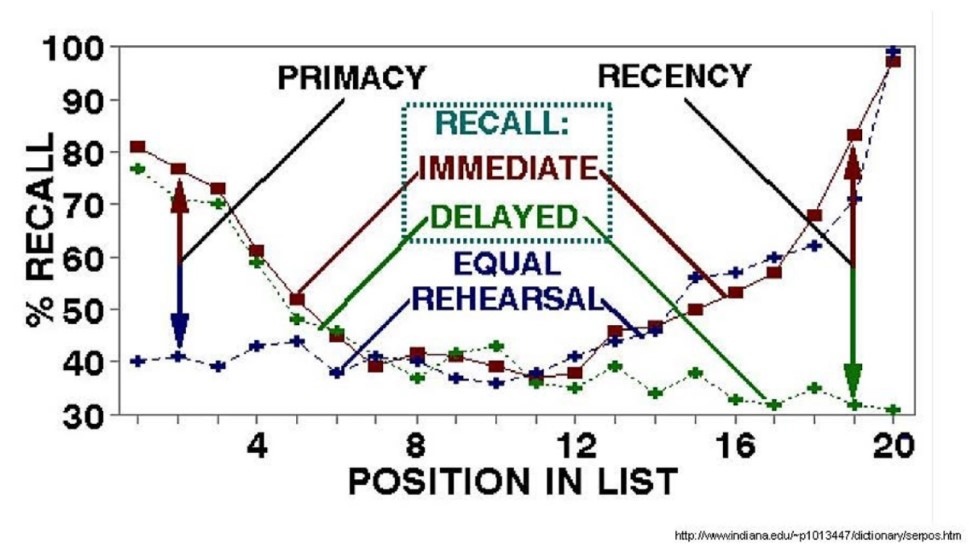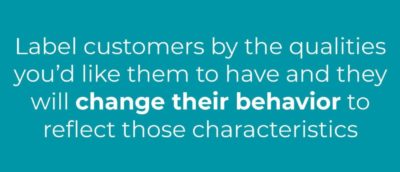Storytelling in Marketing…Lessons from the 2019 Digital Summit, Portland
As I sat at the Digital Summit in Portland, Oregon this past June, all I could think was ‘Wow – how’d I get so lucky?’. The Digital Summit has multiple 2-day conferences across the United States every year, offering a multitude of sessions that cover every topic imaginable for the digital community. The topic variety was plentiful including but not limited to such topics as Customer Journey, Analytics, B2B, B2C, UX & Design. The sessions I chose to sit in were varied and incredibly informative. Drawing the connection between each led me to the common thread of storytelling.

Our stories define who we are, what we do, and our journeys. This also applies to our clients; their brands and consumers. As marketers, we need to help bring the storytelling to life through all channels, organic and paid, and this starts with content. At the Summit, John Triplett from Vertical Measure defined content marketing as “the art of providing relevant, useful content to your customers without selling or interrupting them. Instead of pitching your products or service, you are delivering information that makes your customers more informed before they buy.”
We need to take a step back and look at how we are approaching content to engage customers throughout the entire duration of their journey, from awareness to the final conversion point. To do this, Triplett recommended a Gap Analysis, which entails reviewing the content available (is it relevant? is it outdated?), consider the content alignments and map it back to business and consumer journeys and figure out what is necessary to fill the top funnel.
Content, while imperative, needs to be woven into the psychological triggers of the customer, throughout their own storytelling journey. According to Daniel Codella from Wrike, there are seven basic psychological triggers that play into the consumers’ journey:
- Faith in Aesthetics
- The way things look matter – content needs to be engaging
- Justification
- A reason to do something – call to action
- Social Proof and the Bandwagon effect
- Humans are social creatures and look for safety in groups – think social ‘support’ groups/reviews online
- Serial Positioning
- How we encounter information matters – most important, information should be at the beginning or the end of content (it’s easier to remember in the first/last position)

- Repetition – Availability cascade
- Frequency is key
- Curiosity
- Appeal to human curiosity – give the right information to encourage people to dive deeper
- Below is a Patagonia example of keeping curiosity alive through their well-placed newspaper ad in 2011:

- Labeling
- Aspirational concepts/ideas – making it worthwhile for consumers
These triggers help brands tell their story and engage with consumers on a deeper level, as 95% of all of our decisions are made in the subconscious. Within the concept of storytelling, these triggers aid in understanding how to position a brand to consumers.

Through organic and paid channels, brands can raise awareness of themselves to potential consumers, telling their story. However, consumers are keenly aware of when they are being sold to. Tamsen Webster from The Red Thread described this conversation between brands and consumers. There are multitudes of ‘red lights’ that brands are up against, including:
- No attention – sending a message out into the void
- No decision – 21% of the time no decision is made, ever
- No confidence – lack of trust in the brand’s ability
However, through careful repositioning of perspectives, the red light can be switched to green to drive the story. To do this it’s important for brands to take the time to consider what makes consumers tick while recalling the 7 psychological factors: people want to want, believe in something and to be right. To drive the story home, brands need to consider:
- Do consumers want it? People only purchase if they want it. It’s hard to un-want.
- Do consumers believe it? People are generally better persuaded by the reasons which they have themselves discovered.
- Does it make the consumer right? People always want to be right.
With these green lights, it opens the door for brands to adjust the storytelling perspective to consumers. Brands and marketing have and continue to use ‘pain’ or pain points to drive actions; however, repositioning the storyline in a positive light – removing the pain (i.e. if you don’t buy this thing you’ll miss out) and engaging with happiness (i.e. based on what consumers want, believe and that they are right).
Pain Marketing:

Storytelling from the Top Down
Storytelling needs to happen from the top down for brands, starting with a clear understanding of who they are, what their mission is, and who their customers are. Carefully curated content is key when a brand is positioning itself in the market, but understanding the customer journey and their engagement with your brand is even more imperative. The storylines that brands create are not solely their own but should be intertwined with the full understanding of their customer segments: our stories are worth sharing through engagement, weaving in the customer’s journey into their own, for a seamless holistic story.
Want to discuss your content strategy and how to leverage your paid and organic channels to effectively tell your brand’s story? Get in touch with us today.